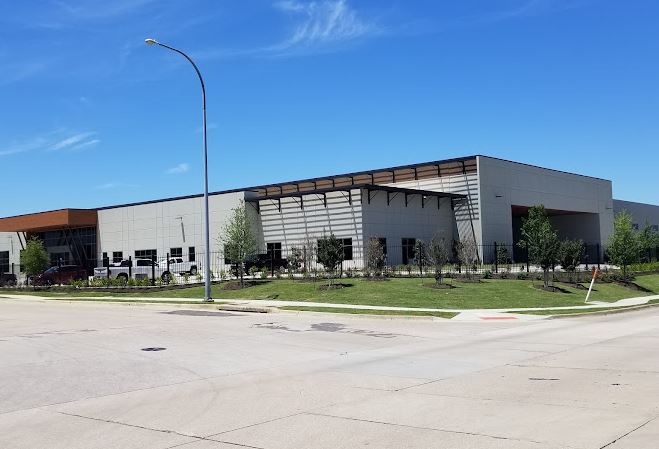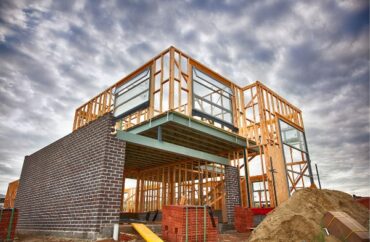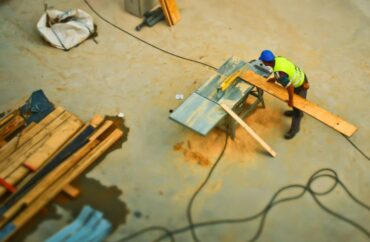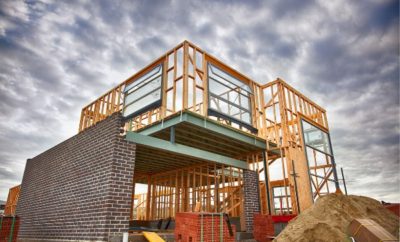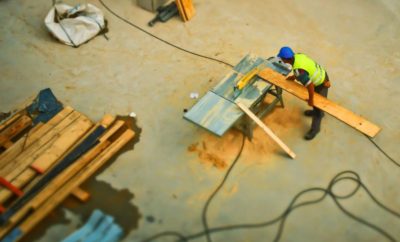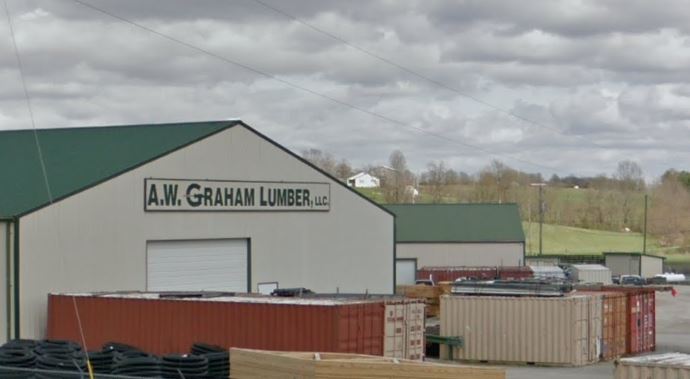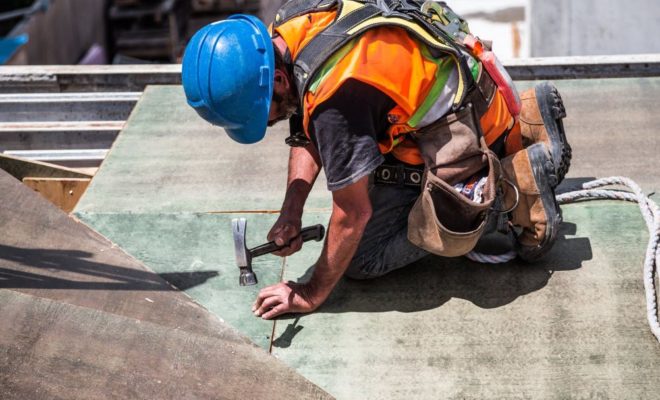
ABC: 2023 Construction Workforce Shortage Tops Half a Million
According to a proprietary model produced by Associated Builders and Contractors, the construction sector will need to attract an additional 546,000 workers on top of the typical hiring pace in 2023 to meet labor demand.
“The construction industry must recruit hundreds of thousands of qualified, skilled construction professionals each year to build the places where we live, work, play, worship, learn and heal,” ABC President and CEO Michael Bellaman stated.
“As the demand for construction services remains high, filling these roles with skilled craft professionals is vital to America’s economy and infrastructure rebuilding initiatives.”
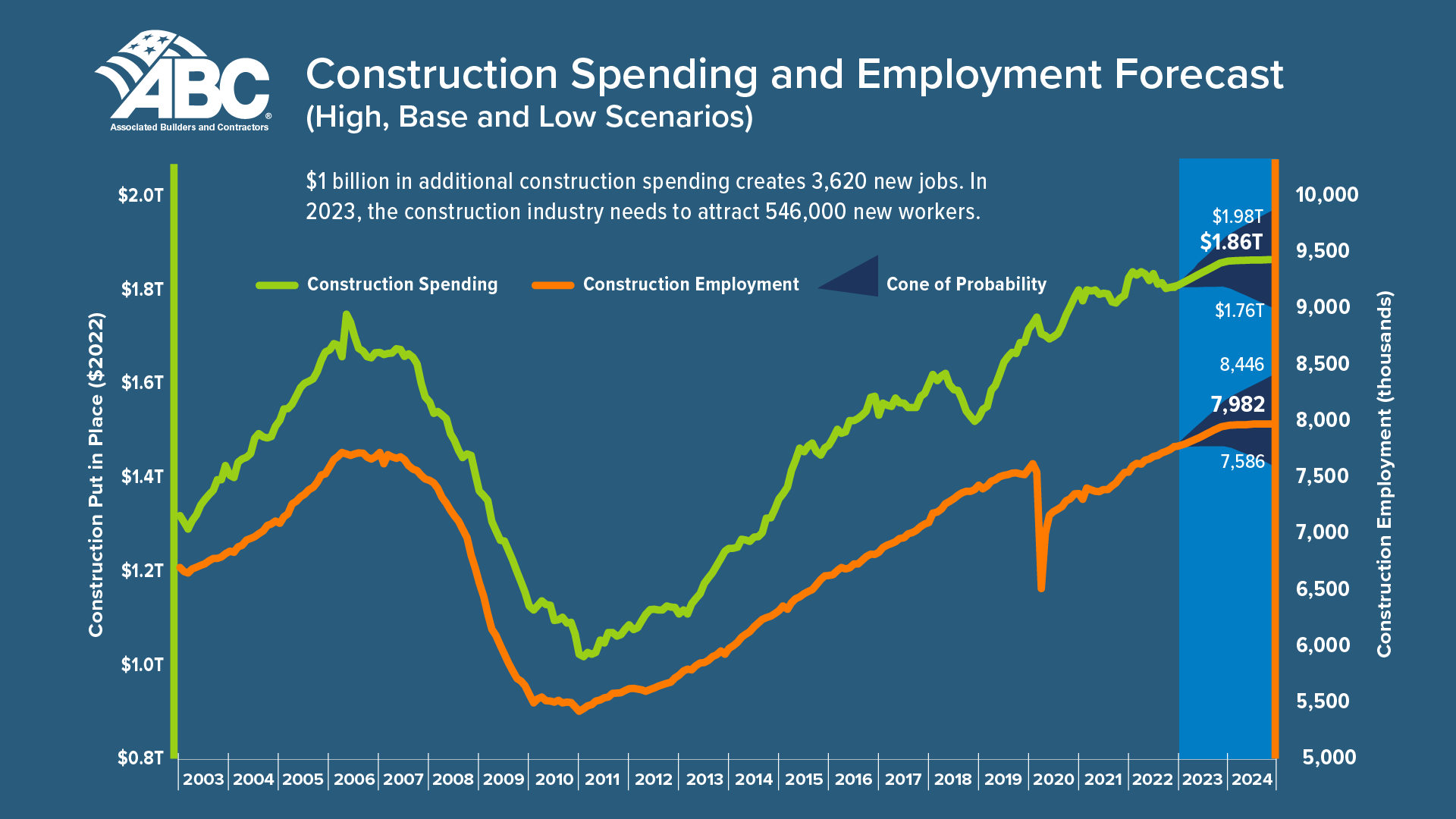
© abc.org / Construction Workforce Shortage
ABC’s proprietary methodology is based on the historical association between inflation-adjusted construction spending growth and GDP growth in the United States.
Construction Put in Place survey from the Census Bureau, as well as payroll construction employment from the U.S. According to the Bureau of Labor Statistics, expected increases in construction spending will translate into demand for construction labor at a pace of approximately 3,620 new jobs per billion dollars of additional construction investment.
This increased demand is on top of the current high level of employment opportunities. Computations also include projected industry retirements, moves to other industries, and other forms of predicted separation.
The construction industry averaged more than 390,000 job vacancies per month in 2022, the most on record, and the industry unemployment rate of 4.6% in 2022 was the second lowest on record, greater only than the 4.5% reported in 2019.
National payroll construction employment increased by 231,000 in December 2022 compared to December 2021.
“Despite sharp increases in interest rates over the past year, the shortage of construction workers will not disappear in the near future,” Anirban Basu, ABC’s Chief Economist, commented.
“First, while single-family home building activity has moderated, many contractors continue to experience substantial demand from a growing number of mega-projects associated with chip manufacturing plants, clean energy facilities and infrastructure. Second, too few younger workers are entering the skilled trades, meaning this is not only a construction labor shortage but also a skills shortage.”
“With nearly 1 in 4 construction workers older than 55, retirements will continue to whittle away at the construction workforce,” Basu added.
“Many of these older construction workers are also the most productive, refining their skills over time. The number of construction laborers, the most entry-level occupational title, has accounted for nearly 4 out of every 10 new construction workers since 2012. Meanwhile, the number of skilled workers has grown at a much slower pace or, in the case of certain occupations like carpenter, declined.”
“To fill these important roles, ABC is working hard to recruit, educate and upskill the construction workforce through our national network of more than 800 apprenticeship, craft, safety and management education programs—including more than 300 government-registered apprenticeship programs across 20 different construction occupations—to build the people who build America,” said Bellaman.
“ABC members invested $1.6 billion in 2021 to educate 1.3 million course attendees to build a construction workforce that is safe, skilled and productive.”
To fulfill industry demand in 2024, the industry will need to hire more than 342,000 more workers on top of typical employment, assuming that construction spending growth slows significantly next year.





